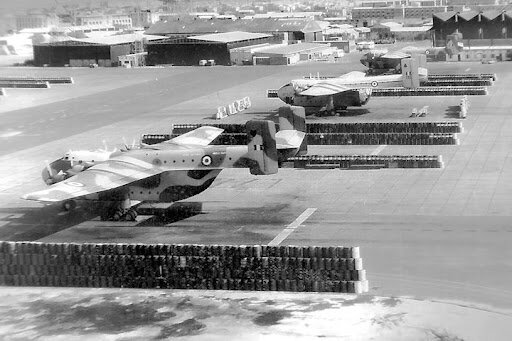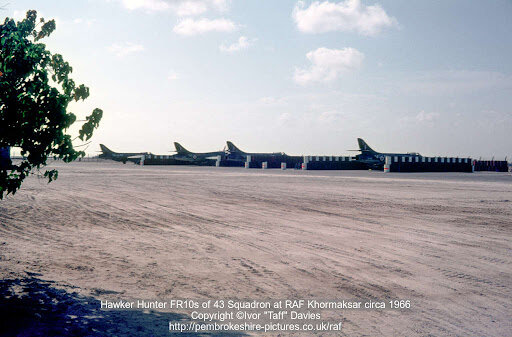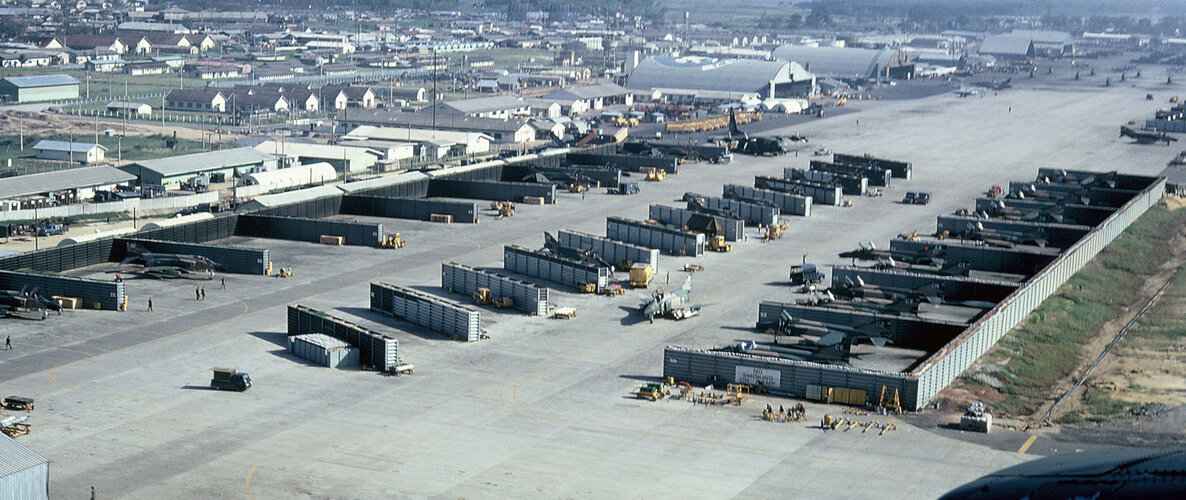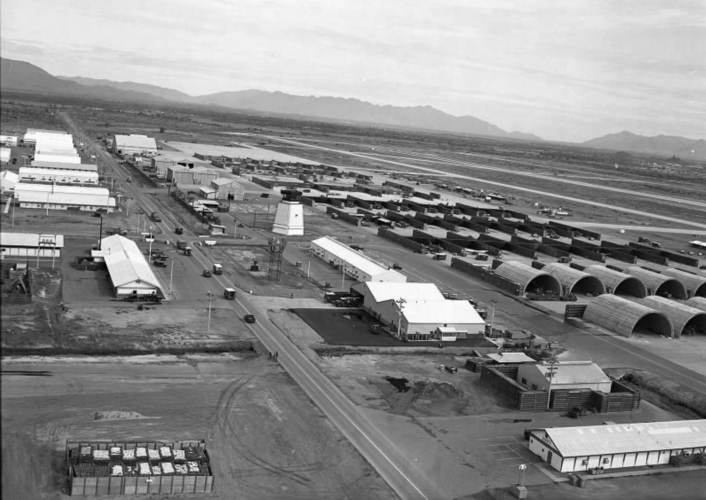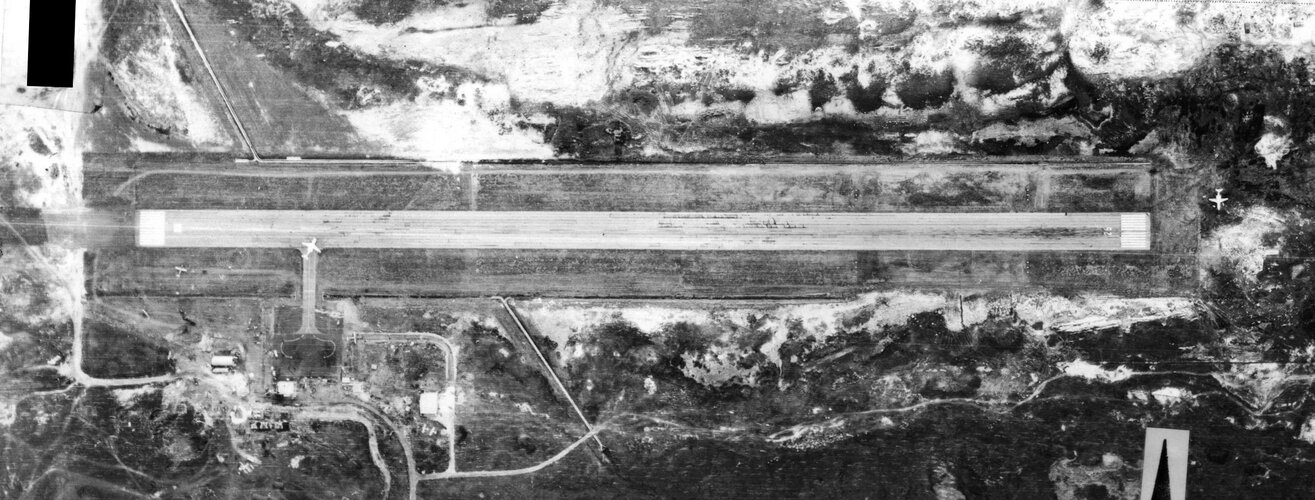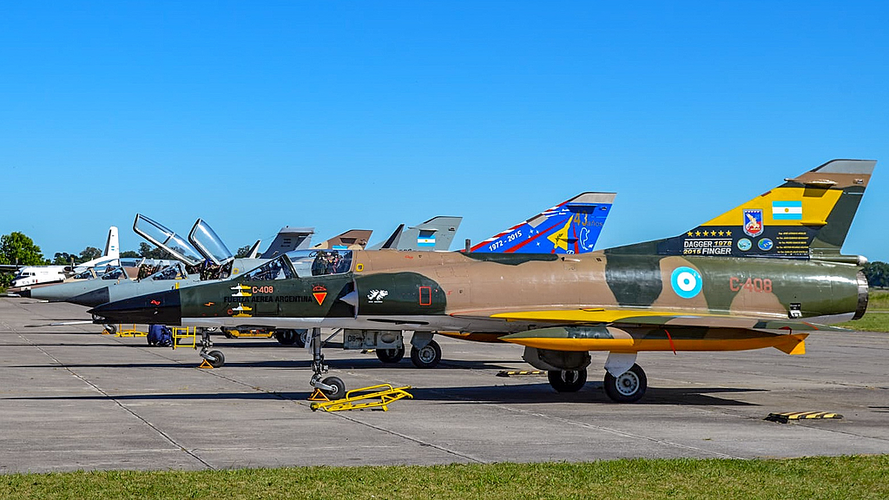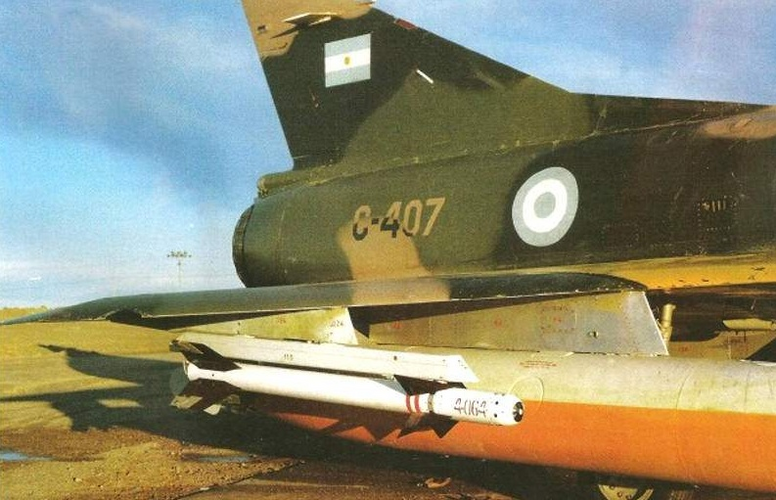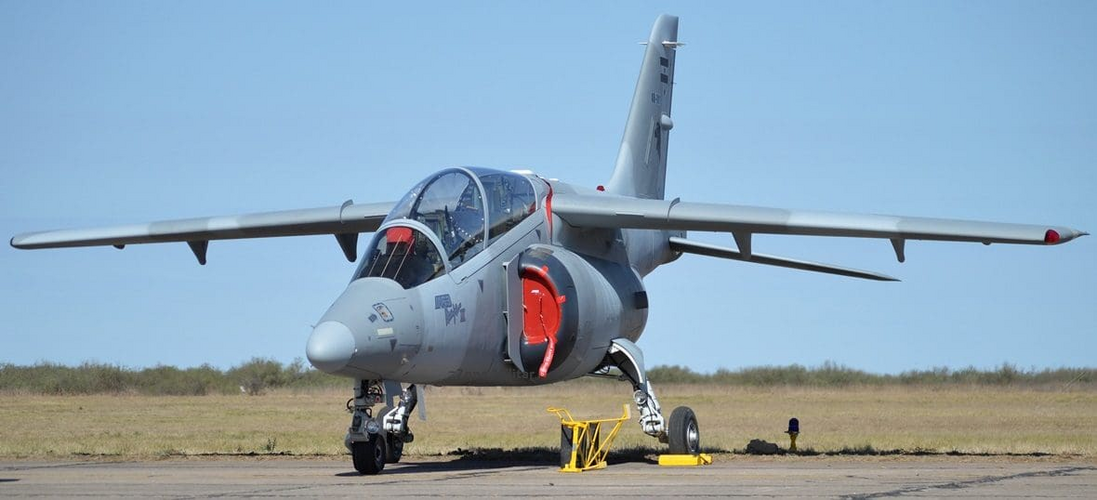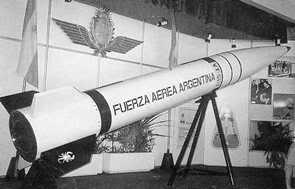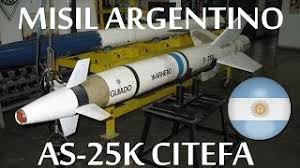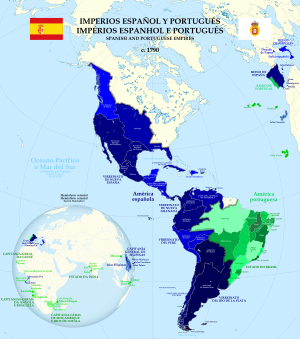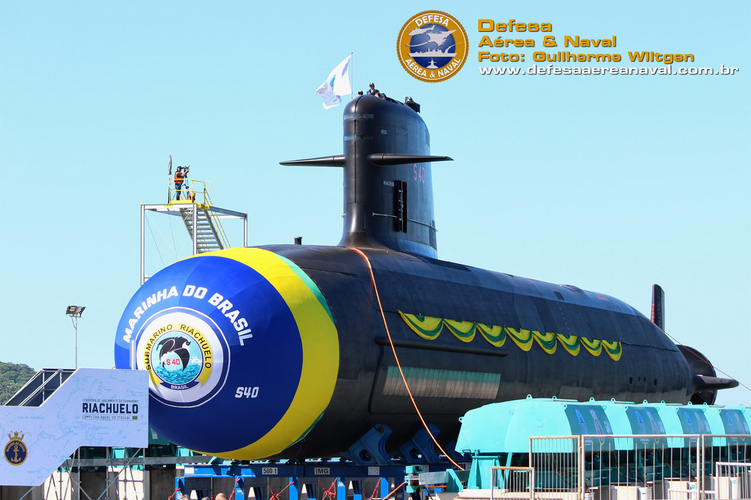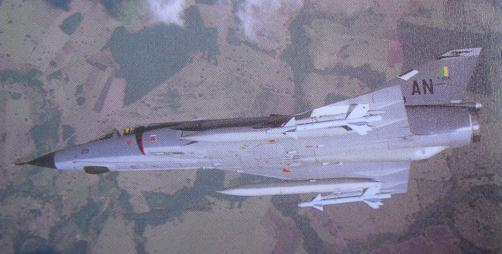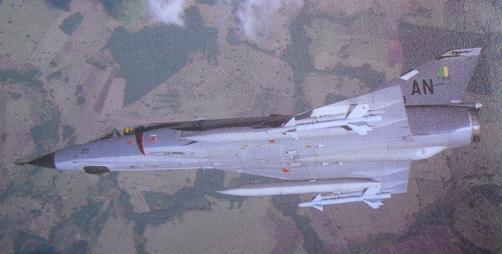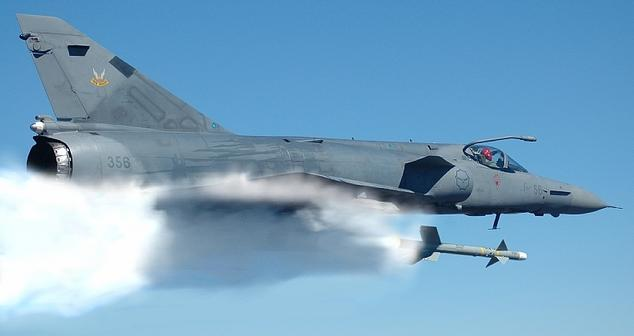Rule of cool
ACCESS: Top Secret
- Joined
- 16 January 2024
- Messages
- 1,917
- Reaction score
- 2,566
One can quickly build a crude revetment with standard construction equipment, or even by hand if you have rocks and guys filling sandbags. On the whole, I'd agree it wasn't worth losing more than a handful of the existing aircraft in their fleet.
Damage limitation revetments are easy to construct, but they require parking space that Port Stanley lacked.
It's not just a lack of hardstand and dispersal that make Port Stanley unsuitable for anything other than the most basic and irregular fighter operations. It's a very short runway, the FAA judged it too short given how wet it often was. It lacked any sophistication that regular fighter operations require; taxiways or even turning loops are required so fighters can take off in pairs or flights and speed up aircraft movements.

